
Types of Plants: Plants are all unique regarding physical appearance, structure, and physiological behavior. Aside from that, they also vary in their habitats, tolerance, and nutrient requirement.
So with that kind of diversity, the big question is, how do you classify them? Good thing botanists have already devised ways to classify them. Classifying plants is considered one of the oldest approaches in studying botany.
In general, botanists group plants into two major groups: non-vascular and vascular. The former is composed of early plants, while the latter consists of plants that had developed a vascular system.
This grouping seems very general and covers various scopes. The more commonly used plant classification is the more specific one: classifying them into different species.
Table of Contents
Types of Plants

Non-vascular Plants
The first classification of plants is the non-vascular plants; As their name implies, non-vascular plants[1] lack vascular tissues that can help them transport water and nutrients. Non-vascular plants are considered to be the earliest living plants on the planet. However, fossils have not been found because these types of plants fossilized poorly. The most common non-vascular plants include the Phylum Bryophyta members described below.
Bryophytes

- Among all plant species, the members of the Phylum Bryophyta are considered the simplest. Regarding physical appearance, mosses are small and inconspicuous. Bryophytes lack vascular tissue and wood that can render them structural support. They also lack true leaves, stems, and roots that can help them transport water and nutrients. Because of this, they are limited to a narrow range of habitats.
- Despite lacking some essential plant organs, bryophytes play an important role in minimizing erosion along bodies of water, carrying out water and nutrient cycling in forests, and regulating temperature in permafrost. Also see the biological weathering article.
- Regarding habitats and physical structures, bryophytes are related to lichens[3] (symbiotic relationship between a fungus and algae). For instance, both of them utilize the moisture in the environment to transport minerals and nutrients.
- Because of that, bryophytes live in moist places and have adapted several methods to help them thrive in dry periods.
- Bryophytes reproduce through spores. Check out the life cycle of Bryophytes in detail here.
- At present, the classification of some species of bryophytes remains arbitrary and is up for further studies.
Bryophyte Examples
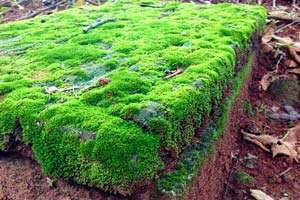
Mosses

Liverworts

Hornworts
![]()
Vascular Plants
Also the next classification of plants is also known as the tracheophytes; vascular plants have been allowed by evolution to possess vascular tissues (xylem and phloem) that aid them to transport water and minerals. All other plants, like the members of the Phylum Pteridophyta, Gymnosperms, and Angiosperms, are classified as vascular plants. The said plant species are described below.
Pteridophytes
 The next phylum in this list is the Phylum Pteridophyta which is composed of almost 12,000 (with over two-thirds are tropical) species of true ferns and fern allies.
The next phylum in this list is the Phylum Pteridophyta which is composed of almost 12,000 (with over two-thirds are tropical) species of true ferns and fern allies.
- Pteridophytes[4] are seedless plants; being such, they are incapable of passing on their genetic material to their offspring using cones, fruits, or seeds. Instead, this plant classification produces spores located on the underside of their leaves, known as sporophylls.
- Pteridophytes can catapult their spores even at long distances because of the spring-like structures of these sporangia-containing spores.
- Regarding physical appearance, pteridophytes[5] are extremely diverse, and no single characteristic can describe them. Leaves of ferns are called fronds, which typically are coiled until they unroll at maturity. They also have horizontal stems called rhizomes and simple leaf roots. Unlike bryophytes, they are already vascular plants and capable of transporting fluids.
- Through time, pteridophytes have already adapted to various habitats: they can be aquatic, terrestrial, and even cold-resistant, but most still prefer to thrive in tropical regions. See the life cycle of Pteridophytes in detail here.
Pteridophyte Examples

Salvinia Natans

Horsetail

Fern
![]()
Gymnosperms
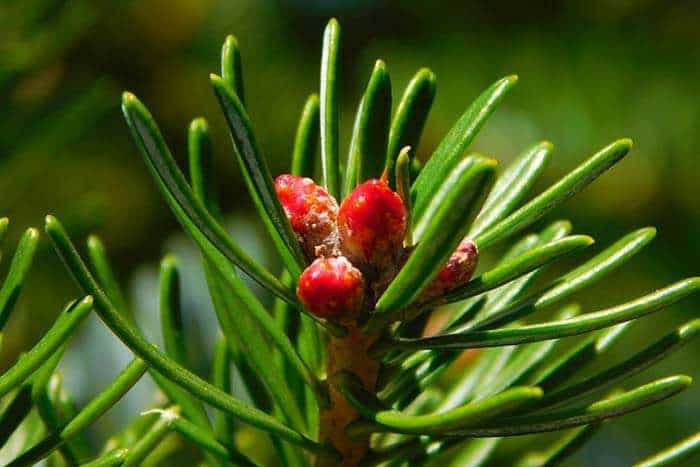 Gymnosperms[6], as compared with other plant phyla, include the tallest, the thickest, and the oldest living plants. They are widely distributed on the planet but dominate the temperate and arctic regions.
Gymnosperms[6], as compared with other plant phyla, include the tallest, the thickest, and the oldest living plants. They are widely distributed on the planet but dominate the temperate and arctic regions.
- Members of this phylum include pines, hemlocks, firs, and spruces, all characterized by wood and green needle-like or scale-like foliage.
- The name “gymnosperm[7]” literally means “naked seed“, which is exhibited by the members by having cones (or strobilus, plural: strobili) instead of seeds to reproduce.
- Gymnosperms are considered to be heterosporous. This means they produce two distinct types of cones for the male and female. Usually, male cones are smaller than the large cone of females.
- About what was alluded to above, gymnosperms are good sources of wood and paper. Aside from that, they provide animal food and habitat; in return, these animals become important in dispersing their propagules.
Gymnosperm Examples
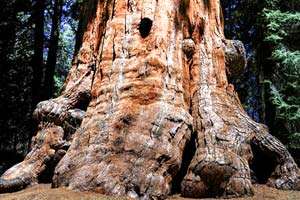
Giant Sequioa Tree
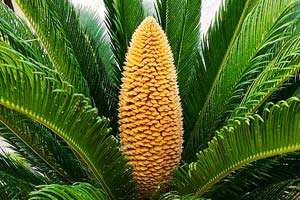
Sago Palm

Maidenhair Tree
![]()
Angiosperms
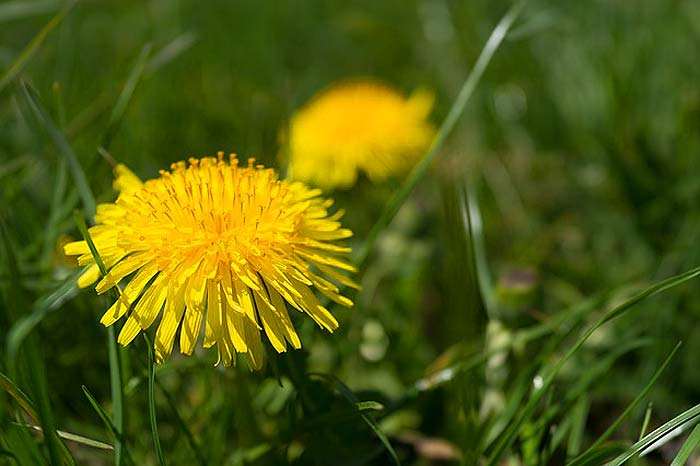 Angiosperms[8], also referred to as the flowering plants, are the most diverse plant phylum with at least 260,000 living plant species.
Angiosperms[8], also referred to as the flowering plants, are the most diverse plant phylum with at least 260,000 living plant species.
- Angiosperms display many plants, including trees, herbs, shrubs, bulbs, epiphytes (parasitic plants), and marine and freshwater habitats.
- The largest families in this phylum are the Orchidaceae (family of orchids), Asteraceae (family of daisies), and Fabaceae (family of legumes).
- Despite their diversity, this phylum is united by several distinguishing characteristics:
- ovules/seeds enclosed within the carpel/fruit.
- Double fertilization is the process that leads to the formation of the nutritiedible called the endosperm.
- Male reproductive tissue comprises two pairs of pollen sacs and many more. Refer to life cycle of angiosperms in detail here.
- The oldest known angiosperms were a group of plants known as the magnoliids, which are composed of small inconspicuous flowering plants. Scientists think that this group gave rise to the monocots and eudicots.
- Because of their many types, angiosperms offer various uses for animals, especially humans. Most angiosperms are good food, medicine, clothing fibers, and wood sources. Check out 25 most beautiful purple flowers and their classifications.
Angiosperm Examples
Types of Flowers
Did you find this way of classifying plants effective? Are there any other ways you might have classified the types of plants?
![]()


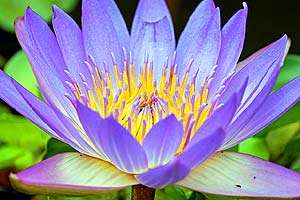


















Enjoyed it! Excellent
Nice explanation